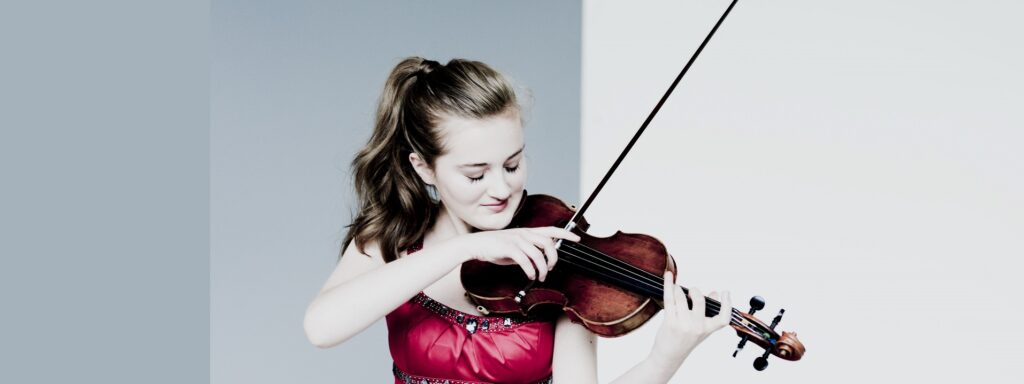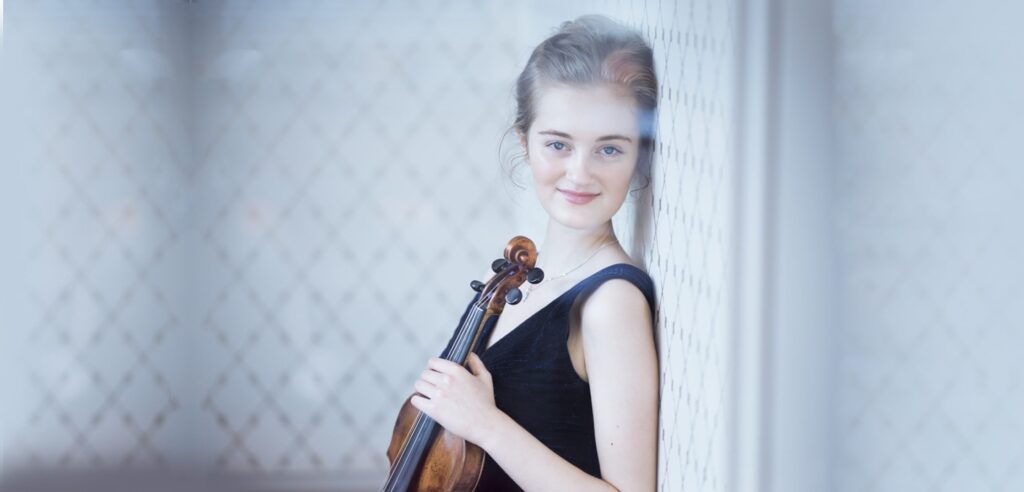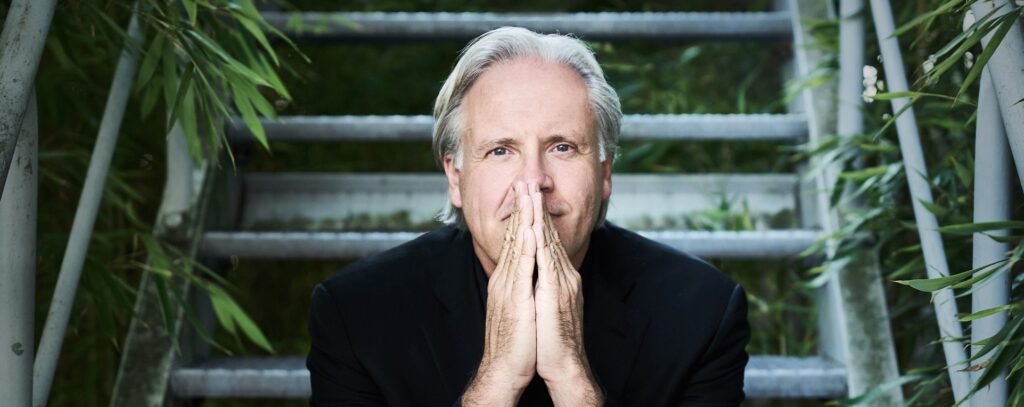

The lyrical talents of Rameau: Les fêtes d'Hébé
Programme
- composer n.t.b. work n.t.b.
After Vivaldi and Conti in the previous season, György Vashegyi and his Hungarian choir and orchestra are back at the Matinee with Rameau's colourful opéra-ballet Les fêtes d'Hébé.
Rameau certain French Baroque opera
Les fêtes d'Hébé, ou Les talens lyriques, that is the full title of Rameau's opéra-ballet from 1739. Literally translated: the feasts of Hebe or the lyric talents. Rameau was mainly known as an organist and as a writer of harpsichord music and musicological treatises. He devoted himself to operas and ballets quite late in his career after the age of fifty, but with his music-dramatic works he set the course for French opera in the eighteenth century.
Dance music and the ideal opera
That ballets and dance music formed an essential part of those musical dramas was a French requirement, rooted in Louis XIV's predilection for ballet. Therefore, the music of Hébé consists largely of dance music. Text and drama are secondary. Here, in three loosely composed entrées, they are centred around the defining elements of an ideal opera: poetry, music and dance, respectively. All French dance forms pass in review: minuet, loure, gavotte, rigaudon and so on, in the most delightful instrumentations, harmonic variations and pastoral atmospheres, alternating with simple French arias, recitatives and dance choruses. Today we hear Rameau's last version, from 1764.






